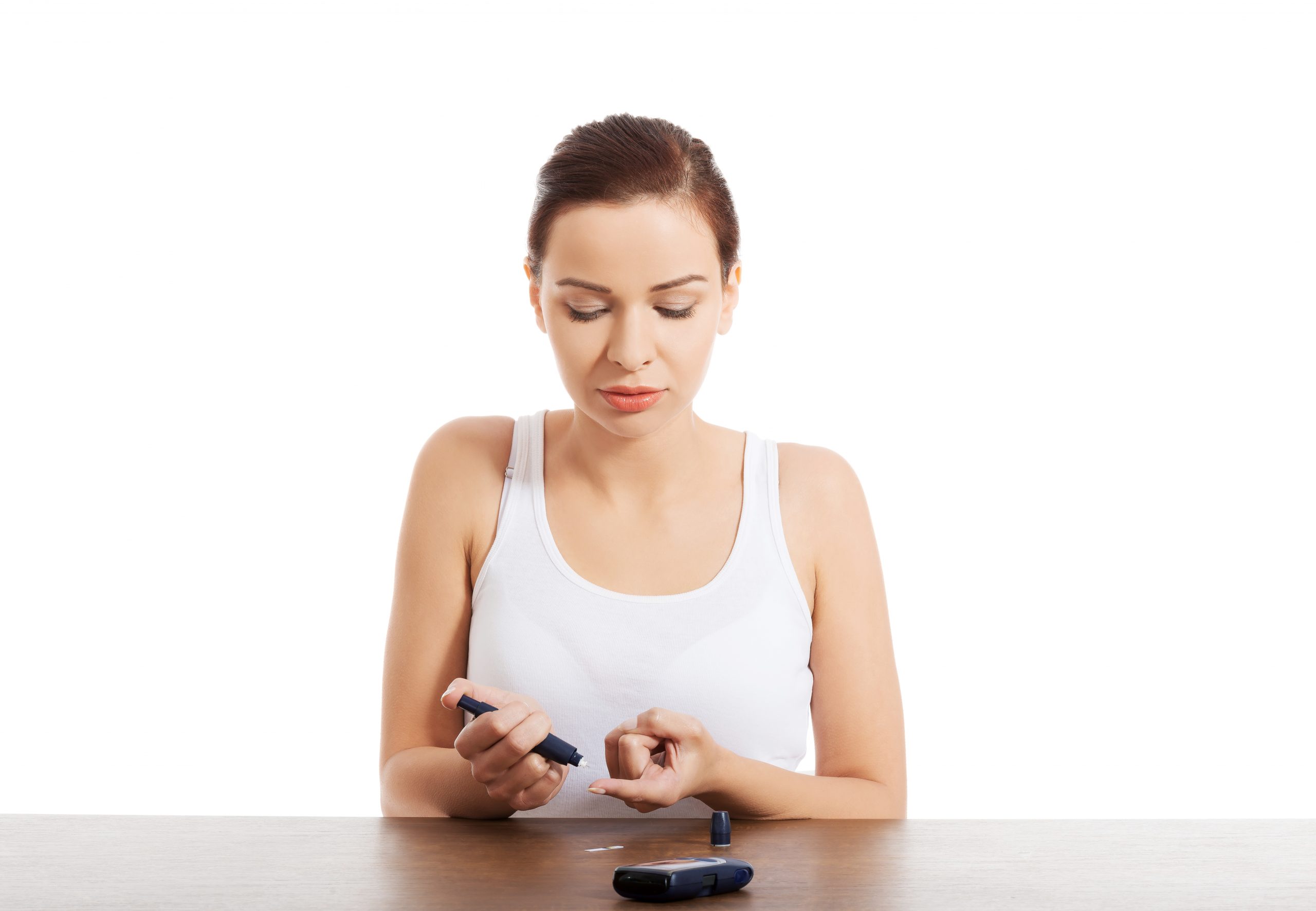Fruits Low in Sugar for Diabetes
Living with diabetes doesn’t mean you have to give up all the sweetness and joys in your life. People with diabetes often ask, “Can I eat fruits if I have diabetes?” The answer is yes, and the right approach is to choose fruits that are low in sugar and rich in fiber.
Fruits are not the enemy for people with diabetes. In fact, many of them provide nutrients to nourish your body and can satisfy your sweet cravings while managing your blood sugar level naturally.
This guide will help you determine which fruits are best for individuals with diabetes, what to avoid, and how to consume them safely. Moreover, we will discuss supplements to lower blood sugar levels naturally.
Can people with diabetes eat fruit?
The short answer is yes, but you need to choose wisely. Fruits in their natural form are different from processed sweets, and many provide nutrients your body needs.
- Fibers in a whole fruit can slow down sugar absorption and have a gentler impact on sugar levels than fruit juices.
- Less than 5g of sugar per 100g of fruit is ideal to manage blood sugar levels.
- Pairing low-sugar fruits with healthy fats or proteins, such as in smoothies, can reduce the glycemic effect.
- Natural antioxidants can help reduce inflammation.
The fear that eating fruits will spike your sugar level is real, but making the right choices and taking the right portion can keep you in control.
Best Low-Sugar Fruits for Diabetes
If you are looking for “fruits low in sugar for diabetes”, we have arranged top picks recommended by nutritionists.
- Avocados – less than 1g of sugar
Yes, they are fruits with low or no sugar, but rich in essential and healthy fats.
- Coconut – 3g of sugar
Coconut is low in sugar, and healthy triglycerides can help lower blood sugar levels, while high fibre content can slow down sugar absorption.
- Lemons and limes – (1-2g of sugar)
Rich in vitamin C and lower in sugar than any other fruit. The acidic nature of this citrus fruit can help support digestion.
- Berries (Raspberries, strawberries, blueberries) – (2-5g of sugar)
With a low glycemic index, these berries are packed with fibers and antioxidants.
- Grapefruits – 4g of sugar
With a high fibre and water content and relatively low sugar content, grapefruits are a popular choice for individuals with diabetes.
- Kiwis – 6g of sugar
Kiwis are tangy and satisfying, with low sugar content and high vitamin C levels.
- Watermelon – 6g of sugar
Naturally sweet and high water content, watermelons are a hydrating fruit with a low sugar impact. With its high lycopene antioxidant content, watermelon supports heart health and is a refreshing summer fruit.
- Peaches – 8g of sugar
This moderate sugar fruit is high in potassium. Antioxidants, such as vitamin C and A, can be a part of a balanced diet with controlled portions.
- Cherries – 8g of sugar
High in antioxidants, cherries have a low glycemic index.
- Oranges – 9g of sugar
Oranges support balanced blood sugar levels with their natural sweetness and are rich in fiber, potassium, vitamin C, and folate, providing high nutritional value.
- Apples – 10g of sugar
Apples have a moderate amount of sugar, but eating them with the skin provides more fiber.
What fruits should diabetics avoid?
Although no fruits are off limits, all of them have nutritional value. However, some of them have high sugar content, such as bananas, grapes, mangoes and pineapples, and tend to spike your blood sugar levels. Doctors usually recommend watching your portions or limiting them if you are managing your sugar intake.
Moreover, dried fruits have a higher sugar content than fresh fruits due to their lower water content. Similarly, fruit juices have less fiber and more concentrated sugar, making them less ideal for people with diabetes.
How to eat fruit safely with diabetes?
You don’t need to eliminate fruits from your life at all, but choosing them wisely and taking the right portion can make a difference. Select fruits with high fiber and low sugar content to minimize the impact on your blood sugar levels.
If you are still wondering, “How to choose low-sugar fruits for diabetes?” here are some points to consider.
- Always select whole fruit instead of fruit juices or dried fruit
- Pair it with yoghurt, cheese, or proteins.
- If you are consuming moderate-sugar fruits, be mindful of portion size.
- Don’t take them all at once; make small servings for your whole day.
- Lastly, check your sugar level to see how your body is responding.
Why fruit matters in diabetes management?
When blood sugar level rises drastically, it leads to increased sugar absorption and ultimately to insulin resistance. The low-sugar fruits contain fibers that can help decrease the absorption of sugar, and this can help manage the controlled sugar level.
People with diabetes can enjoy low-sugar fruits and make them part of their meal by either pairing them with proteins or taking them in smaller portions.
- The natural antioxidants in them can help combat daily oxidative stress.
- Fiber supports gut health
- Provide minerals and vitamins
Summary
Completely eliminating fruits is not an answer, but choosing wisely is. High-fibre, low-sugar fruits can help manage blood sugar levels while providing essential nutrients. Selecting the right fruits can help you feel satisfied without fear. Moreover, if you need additional support and are looking for supplements to lower blood sugar, our Duncan Daily diabetes support pack provides a 30-day supply of daily nutritional support. Explore your options now.

